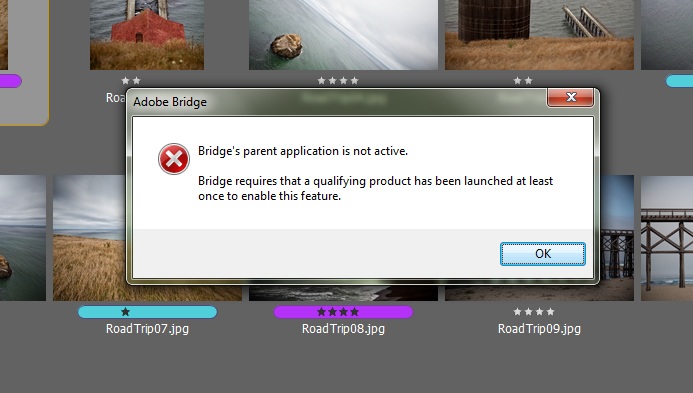

I’ll also set the split toning as mentioned earlier.Īfter those changes the photo looks like this:Īnd that is how you can use Camera Raw even with. In the HSL settings I am going to boost the green saturation to 50 to make the grass a little greener. In the case of this photo I am going to set the contrast at 10 and clarity at 25. Make whatever changes you like, then click “ok” and you’ll leave Camera Raw and go back to Photoshop. To access the split toning settings click on the fifth icon from the left. I like the split toning options in Camera Raw (as covered in this Lightroom tutorial) so I can now access those same options in Photoshop by using the Camera Raw filter. Once you have converted your layer to a smart object you can go to Filter > Camera Raw Filter and it will open the photo in Camera Raw. Once it is a smart object you will be able to make changes in the Camera Raw filter and then go back and adjust those settings later if you’d like. Next, right click on the new layer in the layers palette and click on “convert to smart object”.

Go to Layer > Duplicate Layer to make a copy of your background layer. The first thing you should do is duplicate your background layer so you will be working non-destructively. If you’re used to working in Lightroom or if you like some of the Camera Raw options and sliders you may want to do this when you are editing a. jpg, but you can still use the same sliders and settings. jpg file will not give you all the advantages of working with a RAW file because your file is still a. But what many Photoshop users do not realize is that you can also use Camera Raw with. If you open a RAW file in Photoshop it will automatically open in Camera Raw, which gives you basically the same editing options that you would get in Lightroom, with a few minor exceptions.


 0 kommentar(er)
0 kommentar(er)
